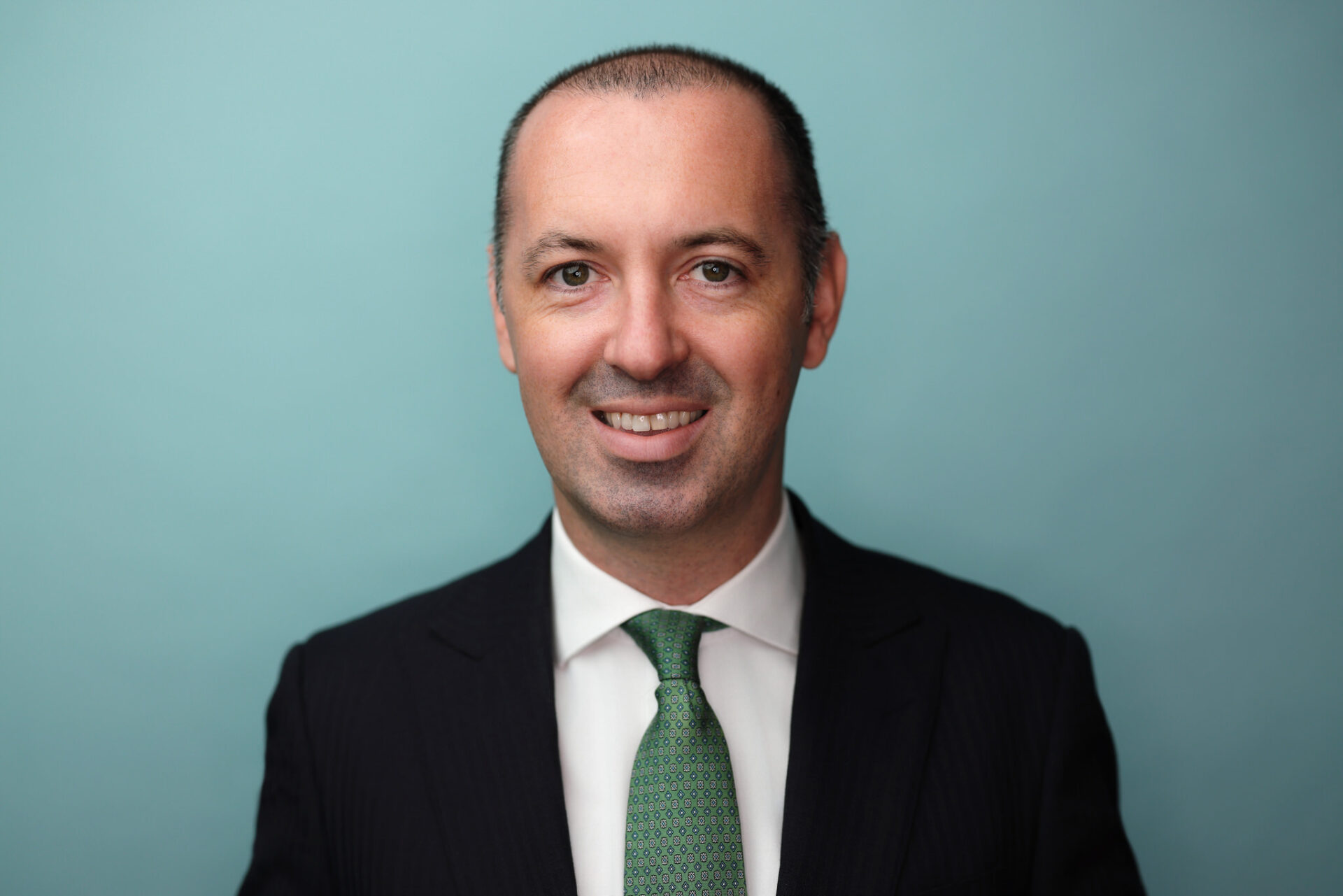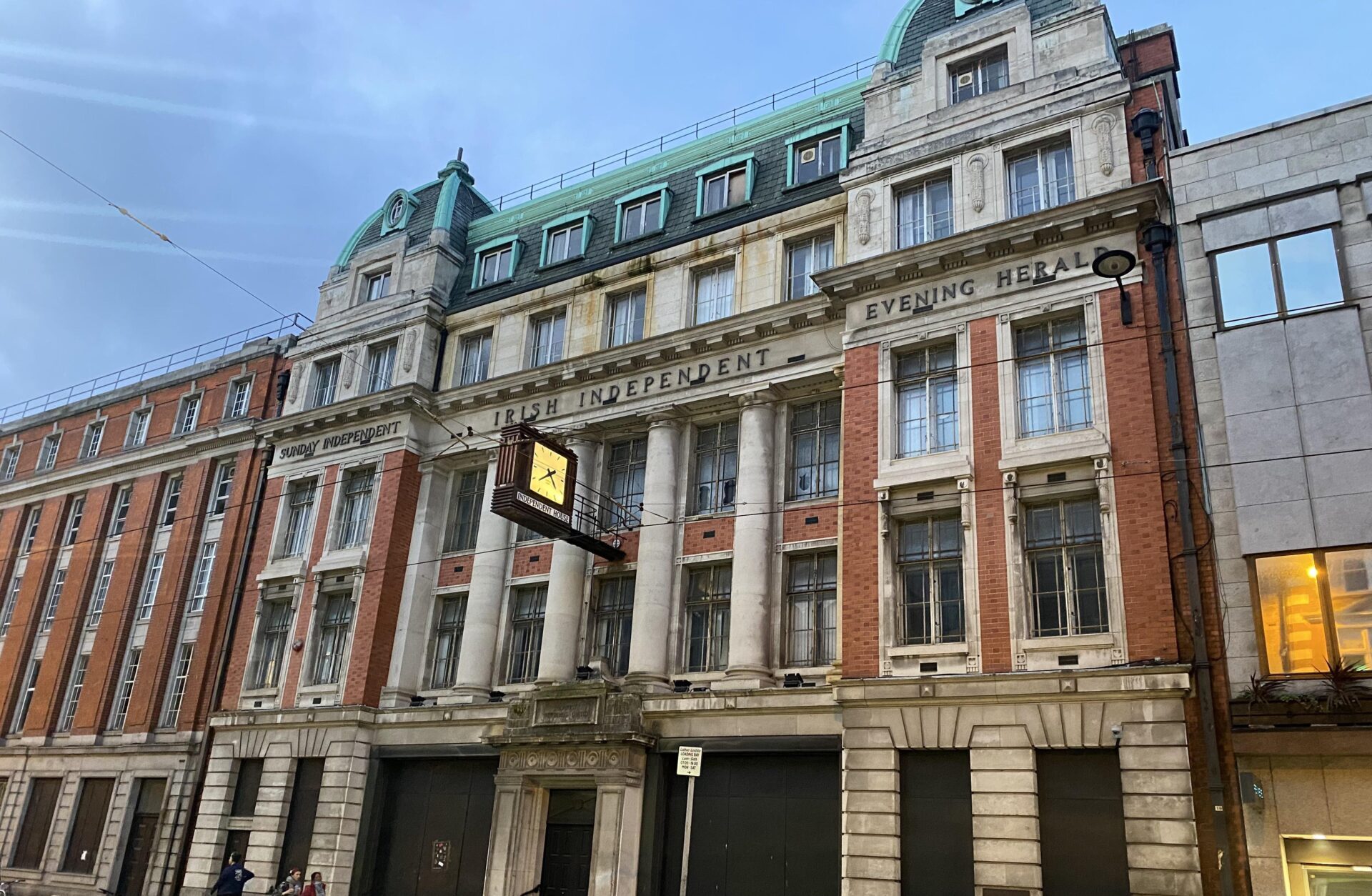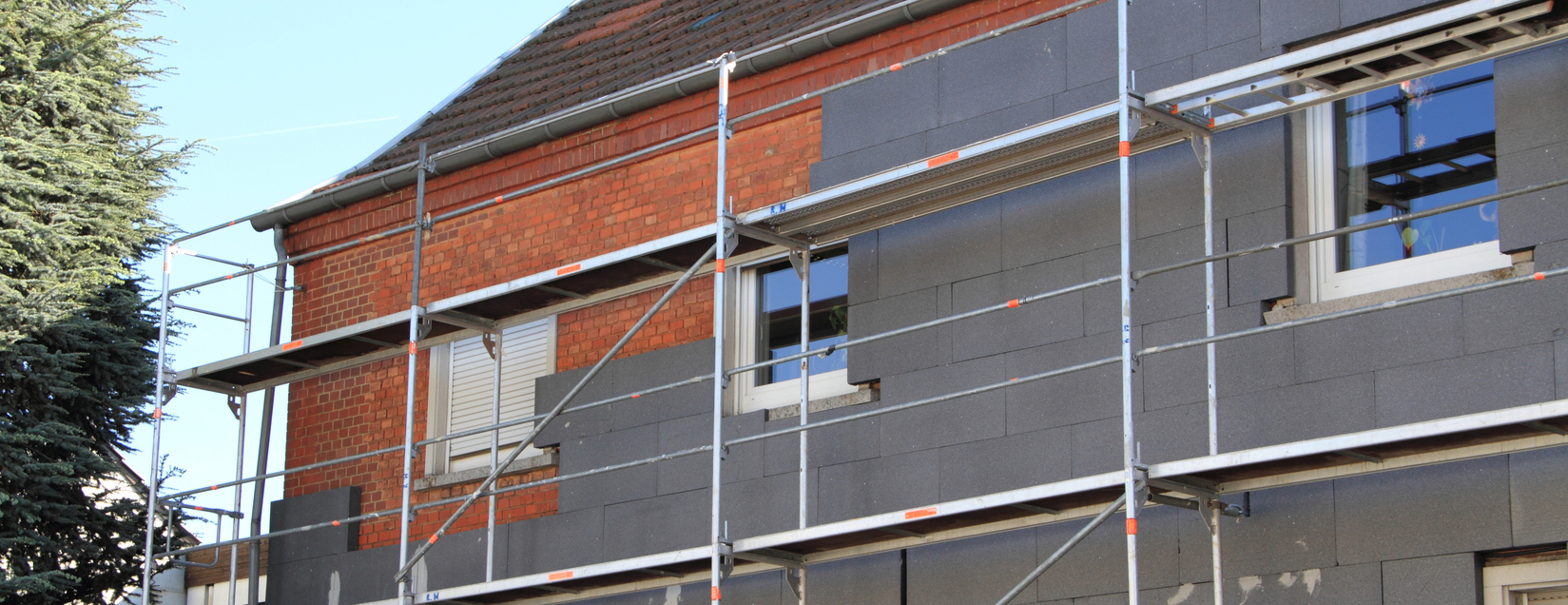A number of government policy moves, regardless of how well-intentioned, have created further problems that could hamper accommodation supply.
As students begin the return to Ireland’s university cities over the coming six weeks, the supply pressures of the wider housing market are undoubtedly continuing to add to the stresses faced by students.
Student accommodation in Ireland has seen significant changes in recent years, driven by a combination of demographic trends, economic factors, and policy developments.
As Ireland’s higher education sector expands and more international students choose to study here, the demand for accommodation has surged. However, this increase has been met with various challenges, including a shortage of supply, rising costs, and regulatory pressures.
Meanwhile, Ireland’s student population has been growing steadily, fuelled by both domestic and international students. According to the Higher Education Authority (HEA), the number of students in higher education institutions in Ireland exceeded 200,000 in recent years, with a notable proportion coming from outside the European Union.
International students, who often prefer purpose-built student accommodation (PBSA) due to its convenience, accessibility, and security – a driver of increased importance in recent months given some recent incidents in Dublin city – have significantly contributed to the demand for dedicated accommodation.
There is also an important social well-being element with international students, most of whom are unfamiliar with Dublin, having a sense of community and connection with other residents in dedicated student schemes.
Growing problems
Ireland’s student accommodation market is under strain due to a persistent supply-demand imbalance. The country has around 260,000 students in higher education, with 200,000 in full-time education.
However, the supply of purpose-built student accommodation (PBSA) is falling short, with only about 14,000 new bed spaces delivered since 2017, compared to the government’s own target of 21,000.
The ongoing housing crisis, coupled with rising student numbers which are projected to grow by 14 per cent by 2030, continues to exacerbate this.
When the National Student Accommodation Strategy was put in place in 2017 by the Irish government it lauded the fact that private PBSA was going to be needed in order to deliver the number of beds required to satisfy the demand forecasted.
At that time, the government set out strategies around engagement and nominations agreements with private operators.
In many ways, the government forecasts were right, or even undercooked, as now demand is higher, but the failure to implement its own strategy is an issue.
The demand for student accommodation is further amplified by the growing urbanisation of higher education, especially following the restructuring of Ireland’s Institutes of Technology as regional Universities.
Cork, Galway, Limerick and Waterford are attracting increased numbers of students, but these cities have struggled to keep up with the demand for housing, both for students and the general population, leading to a tight rental market. A tightness that was very much reflected in the latest Daft.ie statistics this week.
Myriad of issues
Put simply, the supply of student accommodation in Ireland has been insufficient to meet the growing demand. A combination of factors has contributed to this shortfall, including planning and regulatory challenges, construction costs, and competition for land.
The process of obtaining planning permission for new student accommodation projects can be lengthy and complex. Local opposition, particularly in mature residential areas, often leads to delays or refusals. Additionally, Ireland’s stringent building regulations, while ensuring safety and quality, can add to the time and cost of developing new accommodations.
In particular, the excessive requirements around amenity space add to development costs and given tight margins can now push proposed schemes underwater.
All the while, the cost of construction in Ireland is among the highest in Europe, driven by a combination of labour shortages, high material costs, and building specifications.
These high costs are often passed in the form of higher rents, which limits the affordability of new developments, but without which schemes would not get built.
Rental costs for student accommodation in Ireland have risen significantly in recent years, reflecting broader trends in the private rental market. According to the Residential Tenancies Board (RTB), the average rent for a student in Dublin often exceeds €1,000 per month for a single room.
This increase in rental costs has raised concerns about affordability. The availability of student grants and scholarships has not kept pace with rising accommodation costs, leading to financial strain for many students.
Some students have been forced to commute long distances from more affordable areas, which can negatively impact their academic performance and overall student experience.
The government also introduced measures to regulate rental prices in the private rental market, including student accommodation. Rent Pressure Zones (RPZs) have been established in areas with high rent inflation, limiting the amount by which rents can be increased annually.
While this has provided some relief to in-situ tenants, it has also discouraged investment.
Legislative changes
More recently, the Irish government’s regulation capping student accommodation leases at 41 weeks was implemented to align lease terms with the academic year. However, while well-intentioned, this regulation has had unintended negative impacts on the supply of student accommodation.
Significantly, it failed to interpret the fact that students who cannot rent in the purpose-built student sector (due to lack of new supply) will have to sign annual leases anyway in the private rented sector, or for house/flat shares.
From the perspective of developers, the 41-week lease cap significantly reduces the potential rental income that can be generated from student accommodation.
Given that the majority of students in private purpose-built accommodation are international – approximately 70 per cent according to the largest operator YuGo’s platform – most do not want to have to pack up and leave for the summer months and be at the mercy of the undersupplied private rental sector.
This means it is challenging to revert to a model of short-term summer leases to tourists, especially in schemes where many students remain. Not only is this disruptive from a management perspective, but it is also a security issue mixing students and short-term tourists. This impacts earnings, and thus development visibility.
This very real reduction in potential earnings has contributed to a slowdown in the development of new student accommodation projects. Developers, facing lower returns on investment, are less incentivised to build.
Additionally, the new lease structure may discourage smaller landlords from renting to students, opting instead to focus on more lucrative long-term tenants or short-term rentals (such as asylum seekers), further exacerbating the supply shortage.
Overall, while the new lease regulation aimed to support students financially, it has inadvertently strained the supply of student accommodation by making investment less appealing.
This supply constraint will likely lead to higher rents, fewer available properties, and greater competition among students for housing, worsening the accommodation crisis in Ireland’s student rental market.
The future of the private rental student accommodation market in Ireland will depend on a combination of factors, including the pace of new construction, changes in demand, and stable government policy.
The government must acknowledge that it cannot solve this crisis by itself and encouraging new supply, through engagement with industry, will only lead to better outcomes for students.
Without significant improvements in viability, and thus supply and affordability, the student housing crisis in Ireland is likely to persist, with negative implications for the country’s higher education sector and broader social equity.
The economic fallout of less international students studying, researching, and eventually working in Ireland will take longer to materialise, but given Ireland’s model as an accessible, international knowledge economy, the consequences could be significant.
Ireland is not alone in making such policy mistakes. In Australia this week, its government capped the number of international student enrolments to 270,000 for 2025 to try and cool housing demand.
While this is a much larger market than Ireland, it is a useful example of a poor decision that will result in a significant monetary economic impact (an estimated AU$4 billion hit with 22,000 job losses).



